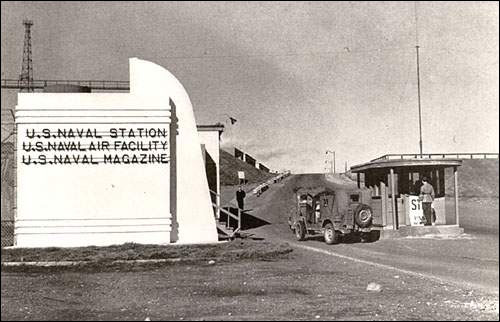Military Bases
Although the government of Newfoundland has never had a large military establishment of its own, over the centuries Newfoundland and Labrador's strategic location has made it the site of military bases built and used by Britain, France, the United States and Canada. These bases have stimulated the economy through providing employment for civilians, and introduced new people and cultures to what had always been a predominantly fishing society.
Influences on Newfoundland
The influences of military bases have at times been pivotal. During the 18th and 19th centuries the British garrison helped establish St. John's as the administrative capital of what eventually became a self-governing colony. The construction and operation of American and Canadian military bases during the Second World War revitalized the economy, and set the conditions whereby Newfoundlanders and Labradorians reconsidered their constitutional future.
Until the 20th century, the possession of Newfoundland has always fallen to the strongest naval power, and European navies valued the island for its position commanding the Gulf of St. Lawrence. As such, the British Royal Navy knew it could dominate Newfoundland waters, and during the 18th century sent a convoy of warships to the island each spring. But such overwhelming force during the summer did little to protect the residents who over wintered on the island. In 1696, for example, a French military force travelled overland during the from Plaisance winter and destroyed most English communities. The appeals for aid were answered with the stationing of a garrison in St. John's, and the development of several fortifications in what was now, thanks to the military presence, becoming the administrative capital. Naval officers did duty as judges, and after 1729 St. John's, as the place where the commander of the convoy resided, became the seat of the governor.
Lacking naval supremacy, the French established a military base at Plaisance (Placentia) which helped the French navy protect the approaches to Acadia and New France. French fishing ship owners settled in Plaisance where they were to some extent protected from the British and from pirates. After the French military left Newfoundland in 1713-1714, English and Irish settlers moved into Placentia. The fortification was garrisoned for a time by English troops, and the community continued to be an important fishing centre.
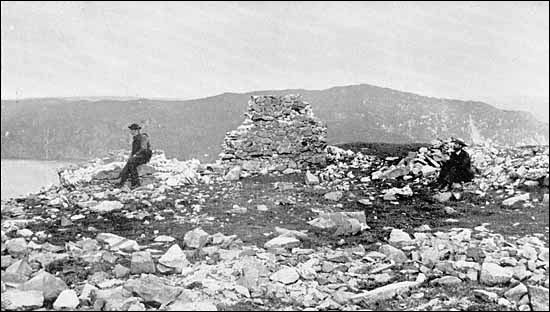
Positive Effects on Newfoundland
The spending of the military garrison and the Royal Navy encouraged economic growth of St. John's. In the 18th century and much of the 19th century, spending upon fortifications and soldiers's pay stimulated the construction and service sectors. This money encouraged the growth of St. John's into the largest community on the island. Soldiers bought local produce, or small plots of land to farm themselves, which encouraged agriculture. Artisans, such as stone masons, came to St. John's to construct fortifications. Military spending also enriched local merchants, and helped them to build up the capital that allowed them to dominate the export and import trades of Newfoundland.
The garrison and visiting naval vessels also played an important social role. Military dances and dinners in the officers' mess provided social occasions for the officers of state and captains of commerce to rub shoulders and do business. Sailors joined in the annual St. John's Regatta, a sporting event patronized by all segments of society. Regular soldiers and seamen were also patrons of drinking and eating establishments - mixing on a daily basis with fishing servants and local artisans. News, ideas and culture were exchanged in such places - giving St. John's a social life somewhat like the naval ports in England. There was real danger, for example, that the 1797 Spithead mutiny in the Royal Navy might have spread to Newfoundland.
The garrison was removed in 1870. A British naval squadron visited Newfoundland each summer to patrol the French Shore fishery, but this practice ended in the early 20th century. But with the approach of the Second World War, Canada and the United States began to realize that the defence of Newfoundland and Labrador was important to the defence of the continent, as well as a staging point for transatlantic air travel. In 1938 the Royal Air Force (RAF) selected a site for a new airfield which could act as a jumping off point for aircraft flying across the Atlantic. Gander went on to be an important site for refuelling American and Canadian-built aircraft that were flown across the Atlantic to be used in the Allied war effort.
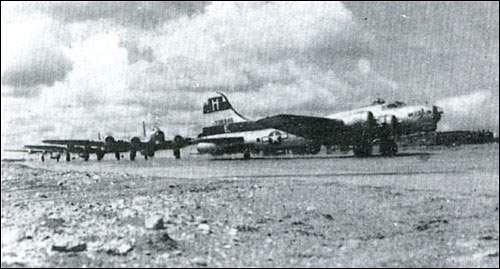
American, British and Canadian military personnel were all stationed in Gander, with quarters, mess halls, bunk houses and such amenities. While Gander was a military base, many of the civilian employees moved their families to housing constructed alongside the runways. Civilians living on the [Canadian] "Army side" would have to cross an active runway to use facilities or visit people on the "American side," where American servicemen were quartered. All residents who lived "on the Gander" lived under wartime restrictions, and were prohibited from owning cameras, for example, since photographs of defence installations might fall into enemy hands.
Although at the time of construction the Gander airfield was the largest in the world, it was insufficient for the volume of wartime aviation. In 1941 the Canadian government opened its base at Goose Bay, Labrador, to allow the RAF Ferry Command to use a northerly route. In this instance, civilians could not live within the base boundaries. They had to live in off-base property in a community without services which they named, with some irony, "Refugee Cove." This was later renamed Happy Valley, and was ultimately incorporated with the town of Goose Bay as a single municipality.
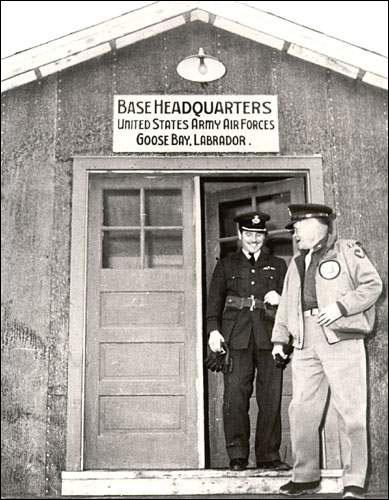
In the "Bases for Destroyers Deal," Britain gave the United States permission to establish military bases in exchange for some surplus American naval ships. American military forces arrived in 1941 to establish military bases in St. John's, Argentia and Stephenville. The American Navy established facilities in the first of these two places, while the United States Air Force constructed an airport at Stephenville for the refuelling of aircraft that were unable to be accommodated in Gander. US troops were also stationed in a number of smaller communities with strategic importance, such as the seaplane base in Botwood. Thousands of Newfoundlanders and Labradorians moved to communities near the bases to take relatively high-pay wage-labour jobs.
The bases provided many leisure activities that had not been widely available - and these were extended to Newfoundland civilians. Mess halls, bowling alleys, swimming pools and similar facilities added to the social and cultural life of the towns that grew next to the bases. The Americans in St. John's ran their own radio broadcasting station, VOUS, which brought American popular culture to civilian and service men and women alike. Many American entertainers, such as Bob Hope, also performed at the bases - giving civilians greater access to American culture than they otherwise would have had.
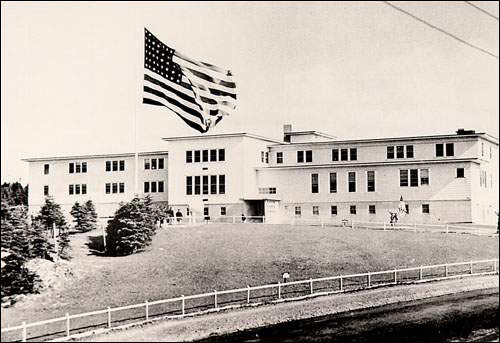
Negative Effects on Newfoundland
While providing employment for thousands of Newfoundlanders, these bases had some negative effects. The construction of the base at Argentia, for example, required the expropriation of the property of those who had lived there for generations and their forced relocation. The stationing of thousands of young unmarried men at these bases, as elsewhere, contributed to the spread of sexually transmitted diseases. There was also some friction between the military and civilians. Since the bases were foreign soil, American law applied and servicemen were prosecuted by military courts rather than Newfoundland courts if they committed an offense. Newfoundland workers were paid less than American and Canadian workers and Newfoundland trade union organizers were not permitted on to the bases to organize local employees. Civilian men also sometimes resented the attention women from their communities paid to the exotic and prosperous young servicemen. Hundreds of women married men they met on the bases and emigrated when their husbands were posted home, giving many Newfoundland families relatives in the United States and throughout Canada.
